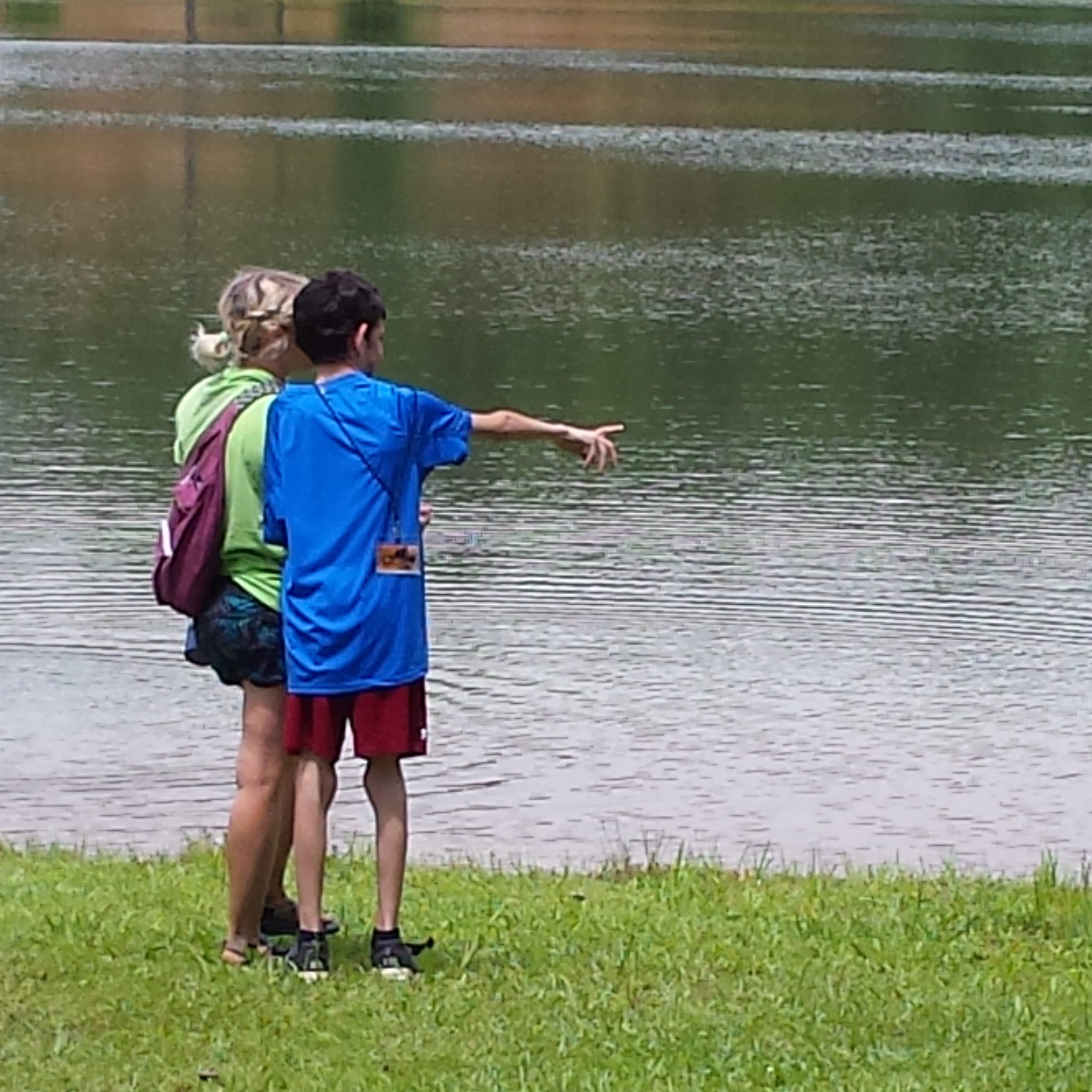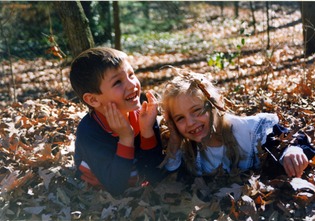How to teach the power of communication while supporting executive functioning and self-efficacy for young neurodiverse children with autistic styles of learning. © Catherine Faherty […]
The Friendship Quality Checklist*
Social isolation and loneliness are a current focus of research, linking a number of physical and psychological symptoms, including heart disease and depression. It is […]
Make Agreements To Improve Mutual Communication
by Catherine Faherty, written in 2010, remains valid – in fact essential – today. Treatment options and teaching strategies in the field of autism spectrum […]
Autism Friendly Strategies
Catherine Faherty has been working with autistic children and adults since the 1980’s. She has developed strategies and ideas for teachers, parents, children and adults. […]
BEING SECOND, THIRD,…OR EVEN LAST!
Teachers and parents can follow these instructions on how to make a game to help your students or children learn to handle not always being […]





